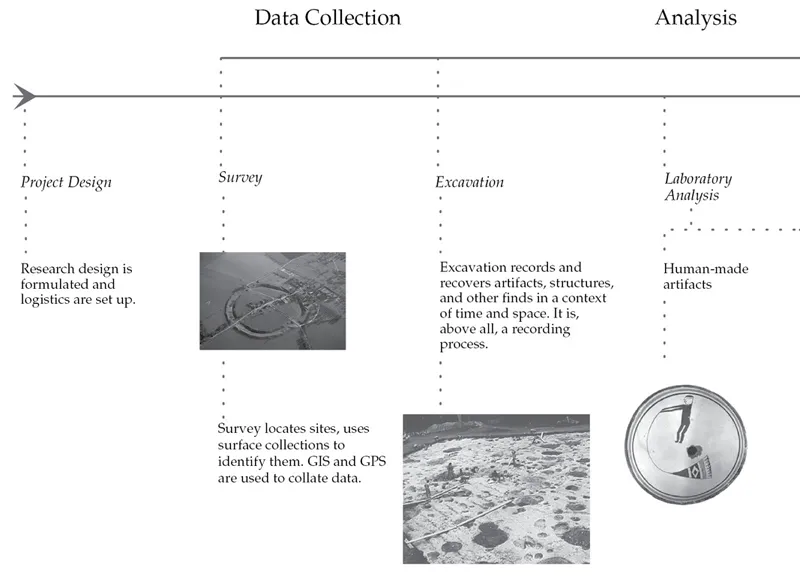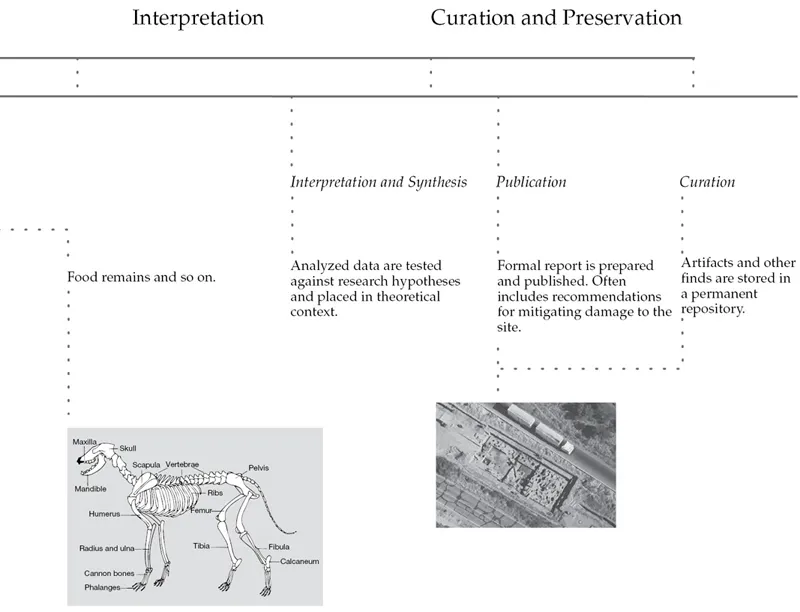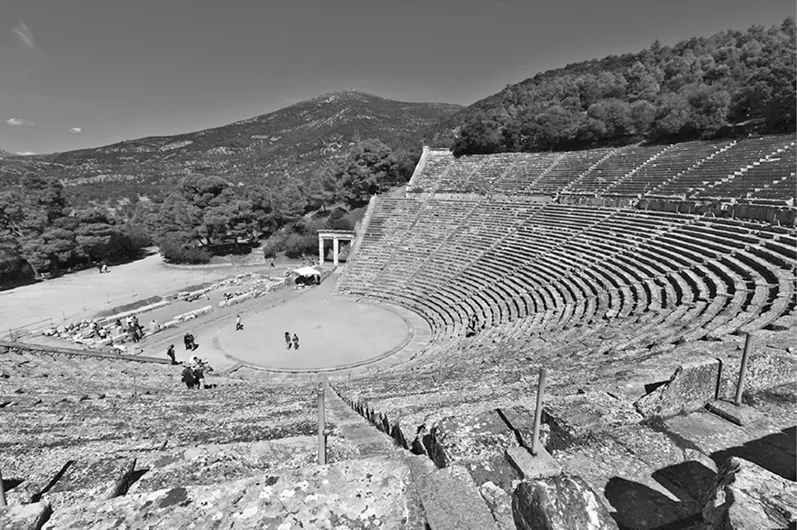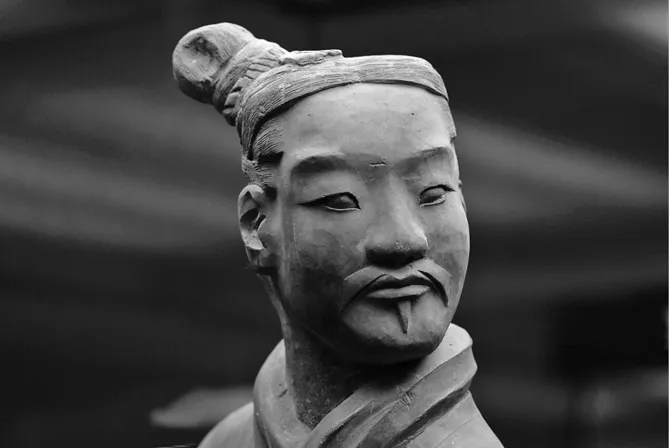
Ancient Lives
An Introduction to Archaeology and Prehistory
Brian M. Fagan, Nadia Durrani
- 572 pages
- English
- ePUB (adapté aux mobiles)
- Disponible sur iOS et Android
Ancient Lives
An Introduction to Archaeology and Prehistory
Brian M. Fagan, Nadia Durrani
À propos de ce livre
Focusing on sites of key significance and the world's first civilizations, Ancient Lives is an accessible and engaging textbook which introduces complete beginners to the fascinating worlds of archaeology and prehistory.
Drawing on their impressive combined experience of the field and the classroom, the authors use a jargon-free narrative style to enliven the major developments of more than 3 million years of human culture. First introducing the basic principles, methods, and theoretical approaches of archaeology, the book then provides a summary of world prehistory from a global perspective. This latest edition provides an up-to-date account of human evolution and the origins of modern humans. It explores the reality of life in the prehistoric world. Later chapters describe the development of agriculture and animal domestication, and the emergence of cities, states, and preindustrial civilizations in widely separated parts of the world. Our knowledge of these is changing thanks to revolutionary developments in LIDAR (light detection and ranging) technology and other remote-sensing devices.
With this new edition updated to reflect the latest discoveries and research in the discipline, Ancient Lives continues to be a comprehensive and essential introduction to archaeology. It will be ideal for students looking for an accessible guide to the subject.
Foire aux questions
Informations


1Introducing Archaeology and Prehistory
Chapter Outline



How Archaeology Began
Lost Civilizations



Stephens, Catherwood, and Maya Copán